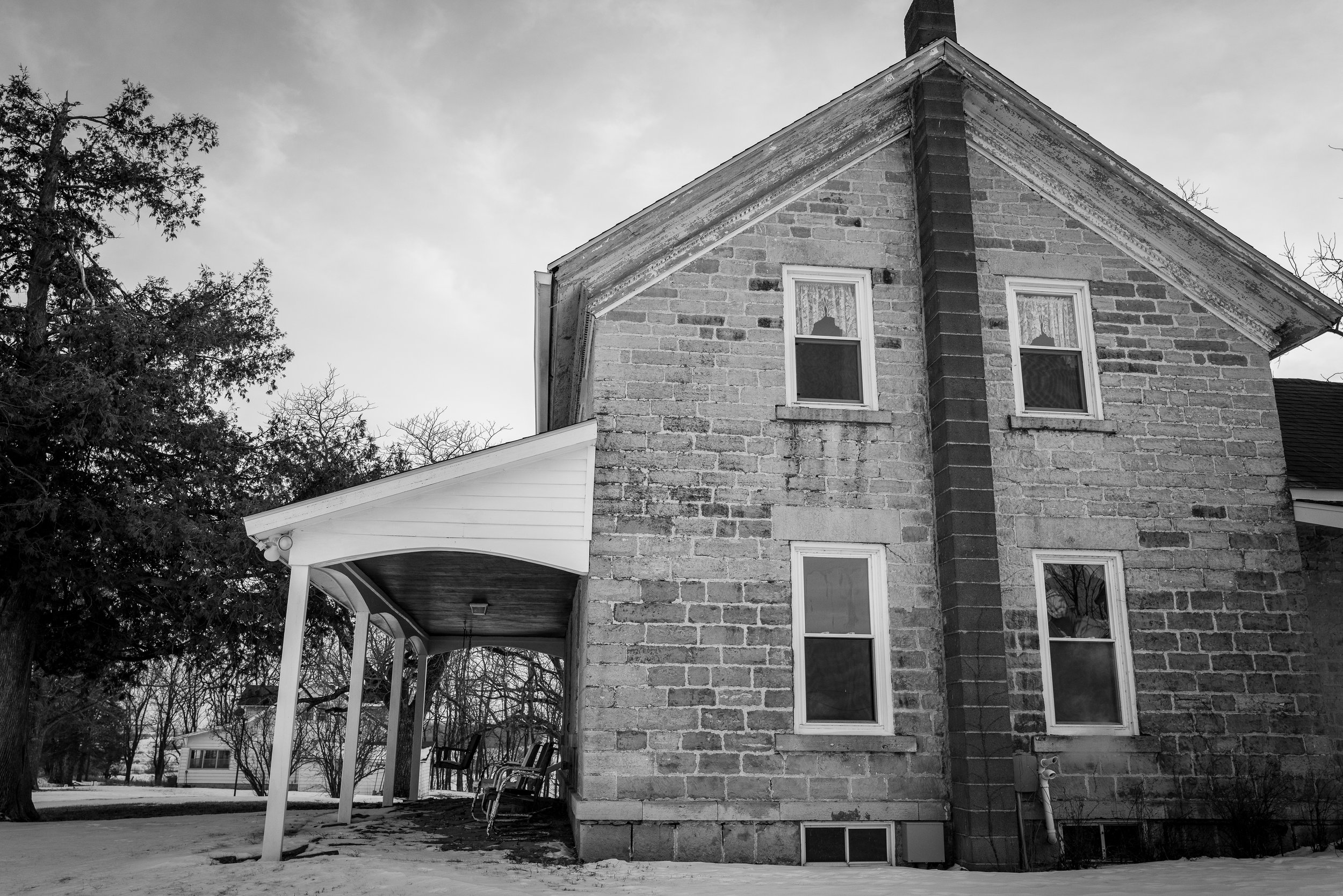Through research and exploration and time, I better appreciate the uniqueness of this place and the connections found throughout. I see the beauty in this region – where the states of Illinois, Iowa, Minnesota and Wisconsin meet – untouched by the glaciers of the last ice age, leaving behind rolling hills and winding streams and steep bluffs of limestone more than 500 million years old. I’ve learned more of the world-famous artist, born and buried in this region, whose technique was influenced by the painters of the Renaissance and whose work was slyly political while needing to hide his life as a gay man. I became part of a family who have made me realize that a farmhouse, when it’s been in that family since the Civil War, is more than just a farmhouse.
Today, I see threads that link these subjects, from the limestone that is the region’s literal and figurative foundation to the iconography of a famous painting and more, all along a road that marks the bottom of the Driftless.


















































































